Radermacher: description, types and care at home

The Radermacher is an ornamental evergreen used in home gardening. It gained universal fame at the very end of the 19th century in European countries, from where it came to Russia. Taiwan is considered the birthplace of the radermacher, where it was found by the famous botanist J. Radermacher, thanks to which the culture got its name and detailed description.
Peculiarities
A specialty of the radermacher is its decorative exotic foliage. In nature, the plant reaches a length of 30 m, while the width of the stem is about 1 m. The leaf blades are large - from 30 to 70 cm long and 15-20 cm wide, the color is green, some varieties are painted in rich, variegated colors. Flowers are bell-shaped, grayish-yellowish, each 5-7 cm in diameter. In the natural environment, these radermakers bloom only at night, exuding a persistent smell of cloves.
At home, only the Chinese radermacher is cultivated, it reaches a length of 1.5 m and is a compact bush with a straight trunk and drooping branches. The leaf plates are elongated, slightly pointed at the end and have denticles, rather large - up to 40 cm. The shade of the leaves is rich green, the surface is smooth and glossy.
At home, the plant practically does not bloom.
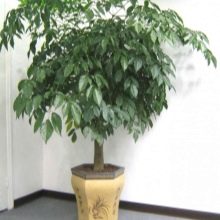


Varieties
To date, scientists have described 17 types of radermachers, the most common are the following.
Radermachera Kunming
Rademacher Kunming (Radermachera Kunming) - is a small tree that blooms, reaching 40-60 cm in height. In nature, it grows only in Thailand, and in other places it is found exclusively in private collections.
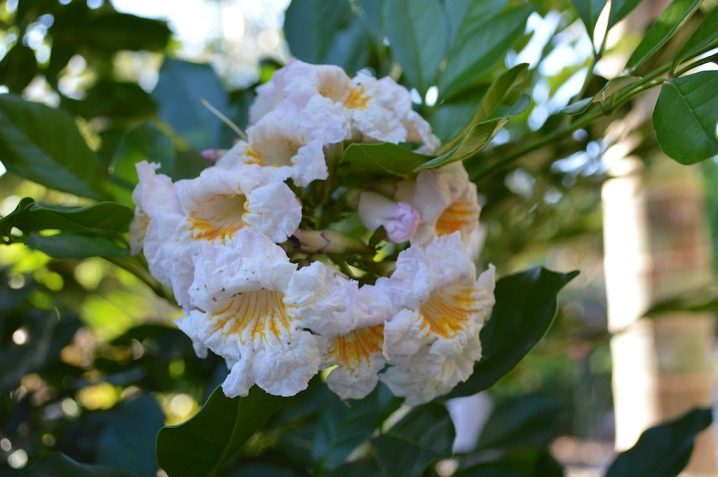
Radermachera ignea
Radermachera ignea - this species is better known as the "jasmine tree", it is widely distributed in the northern lands of Laos, Thailand, in addition, it is found on the islands of Hainan and Burma. The tree grows up to 20 m and has a rather unusual flowering - orange flowers form right on the stem.
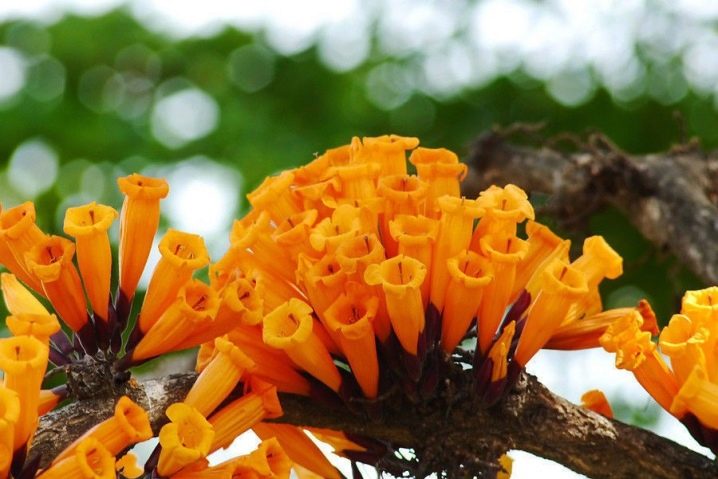
Radermachera ramiflora
Radermachera ramiflora - The range of this species is limited to the tropical forests of Borneo. A tall tree grows up to 25 and even 30 m, while the trunk is rather narrow - only 30 cm in diameter. The leaves are grayish, the flowers are yellow, they form rather large fruits - about 65 cm in length.

Radermachera xylocarpa
Radermachera xylocarpa - This species lives in India, the inflorescences here also grow directly on the stems and have a very decorative appearance.

Despite the large variety of subspecies, only one is grown under indoor conditions - the Chinese radermacher or, as it is also called, the Chinese titmouse (Radermachera chinensis)... A characteristic feature of the flower are large shiny leaves, their length is close to 70 cm, and their width is 25 cm. The leaf plates are divided into separate segments of 4 cm each.

Conditions of detention
Radermacher is a tropical plant, therefore, for its successful growth and development at home, it needs to create a comfortable living environment.
Location
The Chinese tree prefers good lighting, but the light should be diffused, active sun rays cause burning of the leaves and a violation of the decorative color. It is optimal to place it in the east and west directions; additional darkening may be required on the south windows. To do this, they usually stick a reflective film on glass or use a light tulle. On the northern windowsills, the radermacher will lack light, then she will need additional artificial lighting.
Regardless of the location of the flower, it needs a daylight hours of 10-12 hours, therefore, in winter, it is worth taking care of buying a special phytolamp with a yellow glow spectrum, otherwise the plant will rather quickly lose its decorative effect, internodes will begin to stretch out, and the branches become like a liana.
In order for the radermaker to develop evenly, it must be periodically turned around its axis with different sides to the light, this is especially important for young plants in the first year of life.

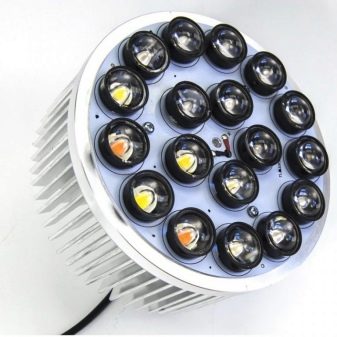
Priming
The land in which the flower grows should be loose, fertile, with high levels of water and air permeability. It is optimal to use ready-made soil mixtures, formulated for roses, palms and other decorative and flowering crops. If you wish, you can compose the substrate yourself, for this they take peat, humus and soddy-deciduous soil in a ratio of 1: 1: 2.
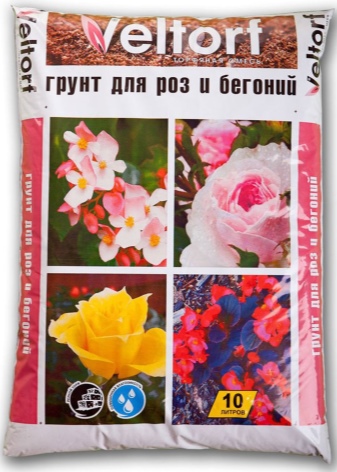
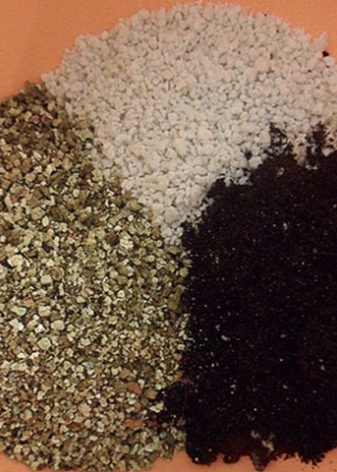
Temperature
A home native of the tropics prefers warm air, the temperature is considered to be 20-24 degrees throughout the year. The minimum allowable level is 12-14 degrees and only in winter, when the plant is in the dormant phase. If the air in the room is colder, the plant dies.
Elevated temperatures also have an adverse effect on the flower, but this can be mitigated by creating high humidity around your green pet. The plant responds very well to fresh air, however, it does not tolerate drafts, therefore, in the room where it resides, it is necessary to periodically air it, but so as to prevent blowing. Keep the flower away from fans, air conditioners, and balconies.

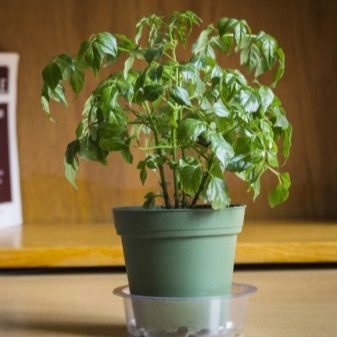
Humidity
For a radermaker, the indicator of air humidity does not really matter - this houseplant quickly adapts to dryness, although moderate air humidification is considered the most comfortable for it. To maintain optimal conditions for growth and development, you need to periodically spray the flower and arrange a warm shower for it. It will be useful to place an indoor fountain near a flowerpot; as an alternative, experienced flower growers recommend lining the pallet with moss.

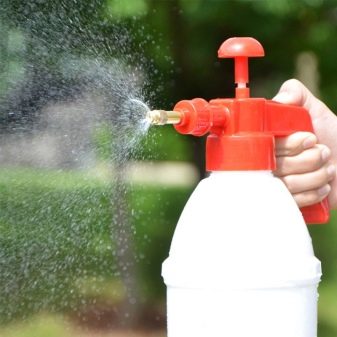
How to care?
Let us dwell in more detail on the features of caring for a radermacher.
Watering
In the period from March to October, the plant needs abundant watering as the soil dries up. In autumn, the number and volume of irrigation are gradually reduced, and in winter they are watered altogether a couple of days after the topsoil has dried. Drying out of the earthen coma can not be allowed in any way, the soil must constantly remain moistened.
At the same time, excessive moisture is detrimental to the plant, it leads to waterlogging of the soil, as a result, the roots die off, and the ground part does not receive the moisture and nutrients necessary for normal life, the flower begins to dry and dies rather quickly. Only soft water is suitable for irrigation, preferably pre-settled or filtered.
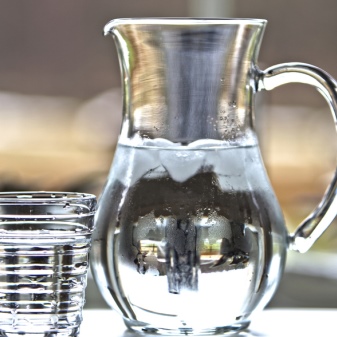
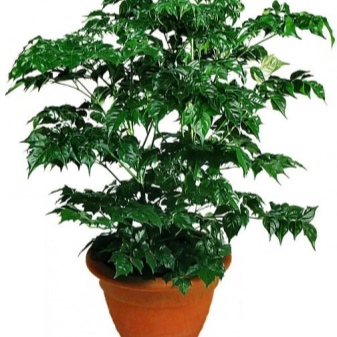
Top dressing
In the stage of active growth, the plant requires additional fertilizing, the radermaker responds best of all to balanced mineral preparations diluted in water at the rate of 1.5-2 g per 1 liter of water. Top dressing should be done every 10-14 days the next day after watering. In winter, while maintaining the temperature background at a level of at least 20 degrees, the plant does not need fertilizing, but if the room is cool, then fertilizer can be applied once a month.
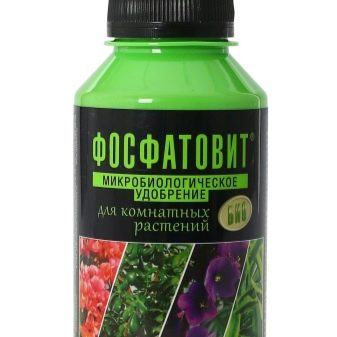
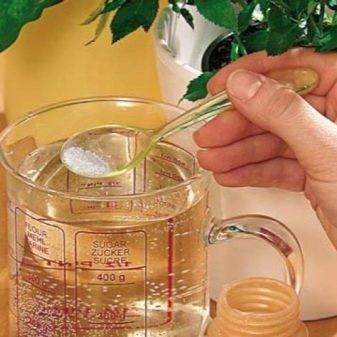
Pruning
An ornamental plant can be formed as a spectacular lush bush or a tree. In the first case, you will need to regularly pinch the apical buds of each shoot as they grow back, and in the second, you need to remove all lateral shoots distributed on the lower part of the trunk.
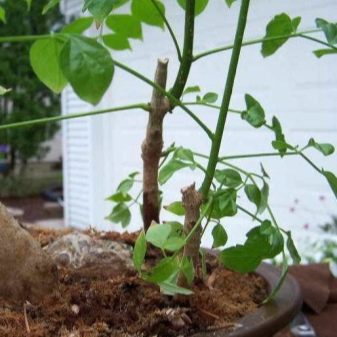
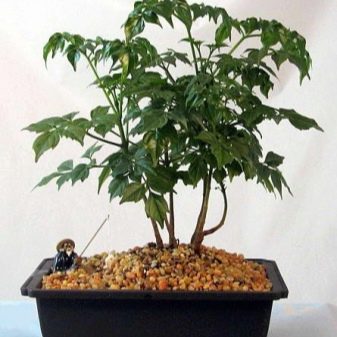
Transfer
During the first 5 years of a plant's life, it requires an annual transplant; subsequently, you can limit yourself to replacing the top layer of the soil every 2-3 years. A full transplant is carried out only if the grown radermacher has become very cramped in the pot.The root system of this plant is quite powerful and shaped, therefore the flowerpot should be deep and wide, but at the same time not too large - the volume of the pot should be comparable to the size of the roots.
If the pot is too small, then the growth of the tree will slow down; if the container is too large, moisture stagnation will begin in the layers of the earth that have not been reclaimed by the roots, which inevitably leads to the wilting of the flower. Despite the fact that this houseplant loves moisture, reliable drainage is important to it.
To do this, expanded clay or large pebbles or gravel are poured onto the bottom of the container in a layer of at least 5 cm. It is optimal that it make up about a quarter of the entire volume of the flowerpot.
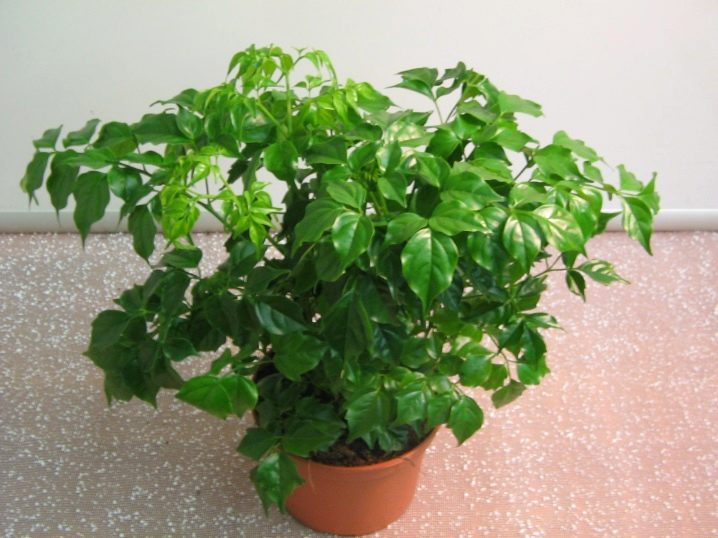
A pre-prepared substrate is laid on top of the drainage in a layer of 3-5 cm, be sure to keep in mind that the roots should not come into contact with hard stones. The sequence of actions for a transplant is as follows.
- The Radermacher is carefully removed from the old pot and, as far as possible, shaken off the ground.
- The roots are washed with warm water, removing all rotten areas, the rest are cut by about a third, and then sprinkled with crushed charcoal or activated carbon.
- The tree is placed in a new container, and the voids between the roots and walls of the container are filled with fresh substrate, lightly tamping it with your hands.
- After transplanting, the plant is watered and left for a couple of weeks in a shaded place - during this period there is no need to spray the plant and turn it, it is stressed, it is necessary to give the flower the necessary time to adapt to new conditions.
- Immediately after transplanting, wilting often begins, but after a short time after rooting, the flower is restored.
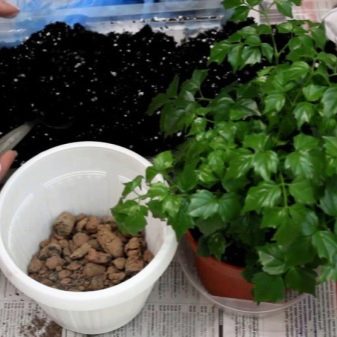
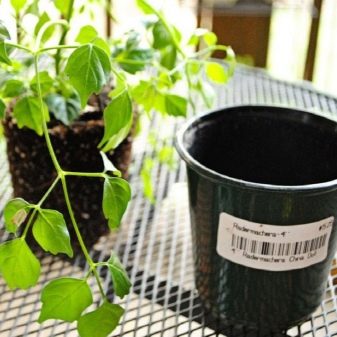
Reproduction
The culture can be propagated by seeds, as well as cuttings or air layers. Seed material for planting must be purchased in specialized trading glasses - this culture rarely blooms at home, therefore the chances of getting seeds on your own are minimal. When choosing this breeding method, it is necessary to prepare a container with a fertile substrate., distribute seeds on it, sprinkle with soil, pour over with a drip method and cover with polyethylene or glass to create greenhouse conditions.
Usually, seedlings can be seen after 2 weeks, during the entire waiting period, ventilate the greenhouse every day to rid it of condensation, and do not forget to water. With the appearance of the first shoots, you should gradually accustom the shoots to live without shelter.
When 3-5 permanent leaves appear, you can transplant the young plant - first in intermediate narrow containers, and after growing to a permanent place.
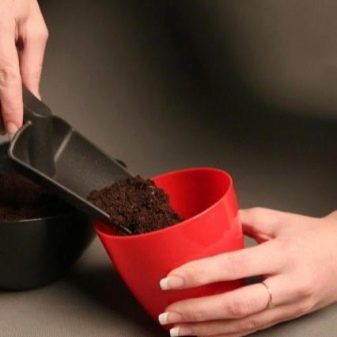
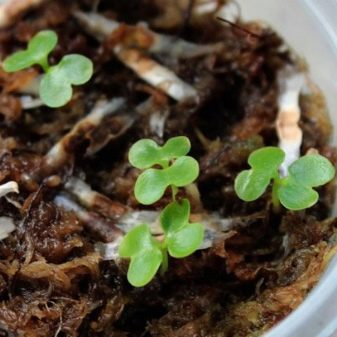
This method is quite long, you will be able to get an adult plant only after a few years, therefore, breeders most often resort to the method to breed new hybrid varieties, and at home they prefer such a method as cuttings. To do this, in the first decade of June, small apical shoots are cut off and rooted in a mixture of sand and peat, necessarily covered with a cut plastic bottle. At this stage, it is important to ventilate the future plant, water it, and also maintain heating at a level of 20-25 degrees. After about a month, when the stalk gives full roots, it can be placed in a separate container.
Another method is reproduction by layering, it is a little more complicated, therefore, it is mainly used by experienced flower growers. In accordance with this technique, it is necessary to cut the stem, insert a wooden stick or match so that the cut site does not overgrow, after which the site is wrapped in wet moss and covered with a bag. After a while, the roots will appear, after which the layers are separated from the parent plant and transplanted into a separate flowerpot.
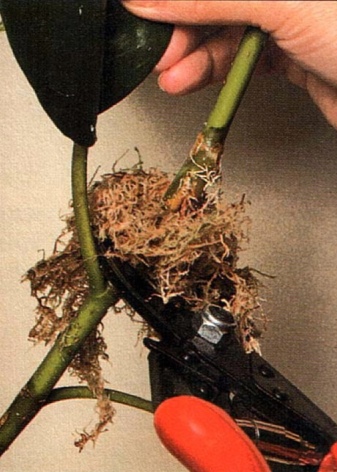

Diseases and pests
With the wrong care of the plant, the radermaker begins to wither and shed the leaves. Most often, flower growers are faced with the following problems.
- Leaves turn black, dry and fall off - this indicates decay of the roots. In this case, only a quick transplant can save the flower, all damaged areas of the roots should be removed, and the cut sites should be treated with Fitosporin or powdered activated carbon. After transplantation, the leaves should be sprayed with a solution of copper sulfate. This treatment should be repeated 2-3 times with an interval of 10-14 days, in the future it is necessary to bring the irrigation regime in accordance with the needs of the plant.
- Leaves become small and elongated - this indicates a lack of light, if the flower is not moved in a timely manner or the backlight is not organized, it begins to shed its leaves and wither.
- Leaf plates lose their elasticity - most likely, the flower lacks moisture.
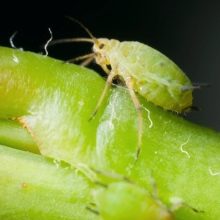
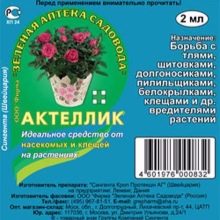

Radermacher is distinguished by disease resistance, but she often becomes the subject of attack by such dangerous pests as aphids, mealybugs and spider mites. The drug "Actellik" demonstrates high efficiency in the fight against them, the treatment should be carried out twice at intervals of a week.
Before spraying, you need to physically remove parasites - for this, use a sponge and a concentrated solution of laundry soap.
For information on what types of radermacher exist, see the next video.























The comment was sent successfully.